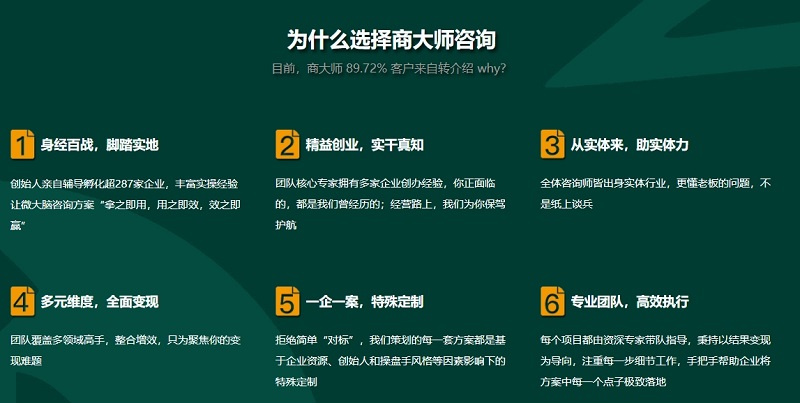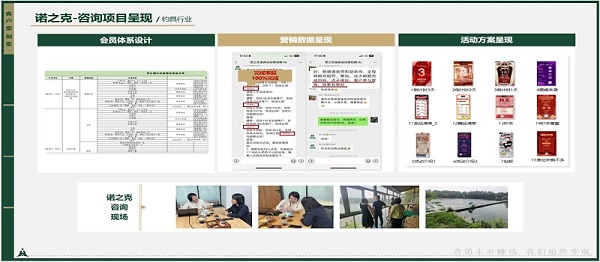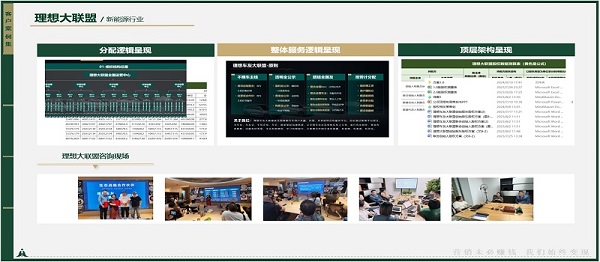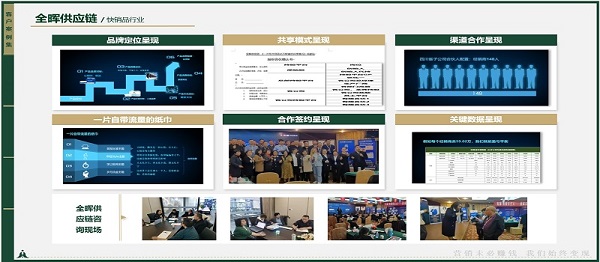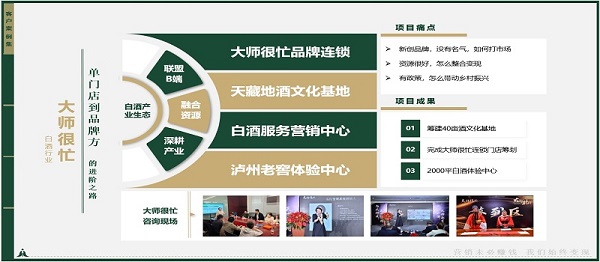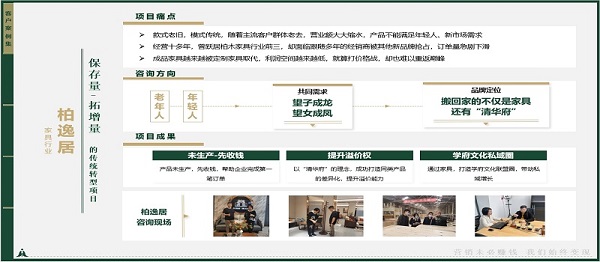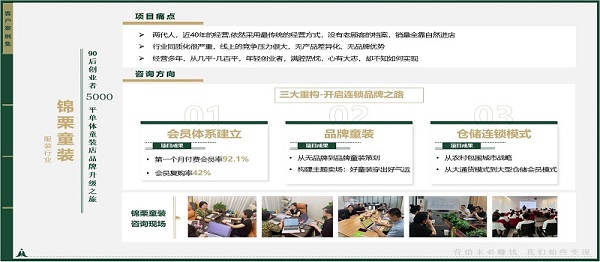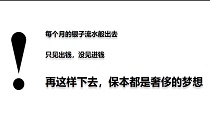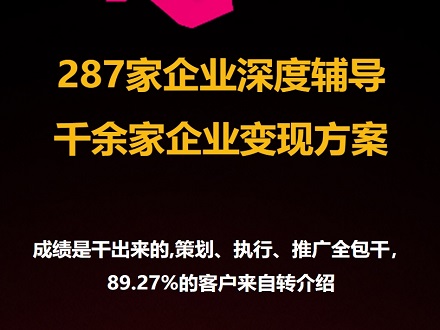品牌战略策划书的核心框架
Brand strategy planning documents typically include five core sections background analysis, goal setting, strategy formulation, execution plans, and effectiveness evaluation. The background analysis section requires in-depth market research, competitor analysis, and internal resource assessment. Goal setting must align with the company's long-term vision and break down into measurable short-term objectives. Strategy formulation should focus on brand positioning, communication methods, and differentiated competitive advantages.

市场定位的精准化方法
Effective market positioning requires combining quantitative data and qualitative insights. Through consumer segmentation research, identify core target groups' pain points and emotional needs. Use tools like perceptual mapping to visualize brand perception in the market. Avoid vague descriptions like "high-end" and instead define specific value propositions, such as "providing 24/7 personalized health management solutions for urban white-collar workers."
执行计划的可操作性设计
Action plans need to include clear timelines, responsible parties, and resource allocation. Adopt the PDC(Plan-Do-Check-Act) cycle framework, setting milestones and contingency mechanisms. For example, when planning a new product launch, detail pre-launch testing phases, channel preparation cycles, and post-launch monitoring indicators. Budget allocation should follow the 70-20-10 principle 70% for core activities, 20% for innovation experiments, 10% for risk reserves.
效果评估的指标体系构建
Establish a three-dimensional evaluation system covering brand awareness, preference, and loyalty. Combine quantitative metrics (e.g., search index, conversion rates) with qualitative research (e.g., consumer interviews). Set dynamic adjustment mechanisms, such as quarterly reviews of KPI completion rates and semi-annual strategy optimization meetings. Particularly focus on tracking the correlation between brand investment and sales growth.

常见误区与规避策略
Avoid confusing brand strategy with marketing tactics. Common pitfalls include overemphasizing short-term sales while neglecting brand equity accumulation, or blindly imicking competitors' strategies. Implement brand audit mechanisms, conduct SWOT analysis every six months, and maintain consistency in brand visual identity and tone of voice across all touchpoints.
策划书更新频率的考量因素
Market dynamics and consumer demand changes determine update cycles. For fast-moving industries like technology or fashion, quarterly minor adjustments and annual overhauls are recommended. When encountering major events like mergers or market disruptions, immediate revisions are necessary. Establish a version control system to track strategy evolution trajectories.

中小企业的资源分配建议
Focus resources on creating a single breakthrough point rather than comprehensive layouts. Prioritize building distinctive brand symbols, such as unique packaging designs or service commitments. Leverage digital tools for precision outreach, and consider strategic alliances for co-branding. Allocate at least 15% of the budget for consumer insight research.
应对市场突变的弹性设计
Incorporate scenario planning during the strategy development phase, preparing 3-5 sets of response plans for different risk levels. Establish real-time market monitoring mechanisms, setting early warning indicators for key factors like raw material prices or policy changes. Maintain flexible supply chain relationships and brand message reserves to ensure rapid response capability.
跨文化市场的策略调整原则
Adhere to the "global vision, local execution" framework. Retain core brand values while adapting product features and communication methods. Conduct thorough cultural audits, paying special attention to color symbolism, linguistic taboos, and consumption rituals. Develop localized brand stories and select appropriate partnership models, such as joint ventures with local distributors.
内部团队协同的保障机制
Establish a cross-departmental brand committee with decision-making authority. Implement brand guideline training programs and certification systems. Use collaborative platforms to synchronize information across R&D, marketing, and service departments. Introduce brand KPI assessment mechanisms, linking departmental performance evaluations to brand health metrics.

